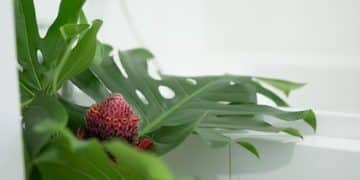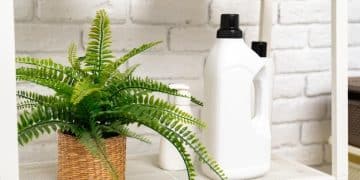Sustainable Gardening: A Beginner’s Guide to Growing Your Own Food
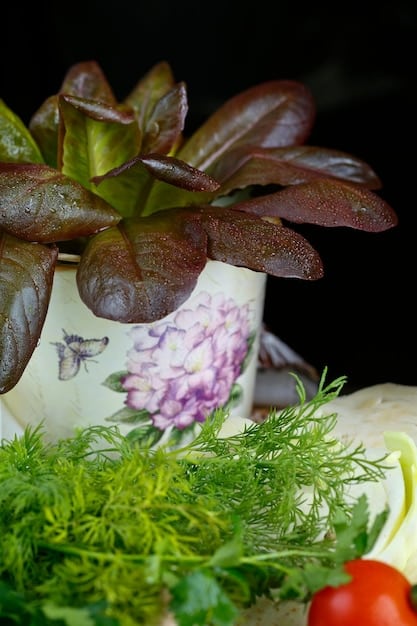
Sustainable gardening is an eco-friendly method of growing your own food, reducing your environmental footprint by conserving water, minimizing waste, and avoiding harmful chemicals, perfect for beginners looking to make a positive impact.
Embark on a rewarding journey into sustainable gardening for beginners: grow your own food and reduce your environmental impact, transforming how you interact with nature while nourishing yourself and the planet.
Getting Started with Sustainable Gardening
Sustainable gardening might seem daunting at first, but it’s surprisingly accessible. It’s all about making informed choices that benefit both your garden and the environment. Let’s explore the fundamental steps to kickstart your sustainable gardening adventure.
Understanding the Principles
Before diving in, grasp the core ideas behind sustainable gardening. It encompasses reducing waste, conserving resources, and working with nature rather than against it. This includes composting, using organic pest control methods, and choosing native plants.
Assessing Your Space and Resources
Evaluate your available space, sunlight exposure, and soil quality. Even a small balcony can host a thriving container garden! Understanding your resources helps you tailor your garden to its environment, ensuring healthy growth and minimal waste.
- Start small to avoid overwhelm.
- Test your soil’s pH and nutrient levels.
- Choose plants suited to your local climate.
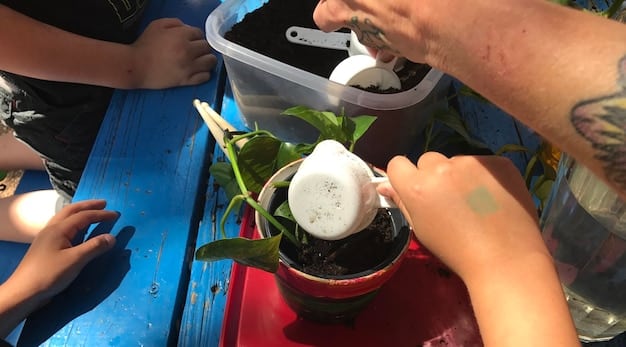
Sustainable gardening is not just about growing food; it’s about creating a balanced ecosystem in your backyard. By understanding the basics, you set the stage for a flourishing, eco-friendly garden.
Choosing the Right Plants
Selecting native and climate-appropriate plants is crucial. These plants are naturally adapted to your local environment, requiring less water, fertilizer, and pest control. Let’s delve into how to make the best choices.
Native Plants and Their Benefits
Native plants support local wildlife and biodiversity. They’re also more resilient and require less maintenance because they’ve evolved to thrive in your region.
Climate-Appropriate Planting
Choosing the right plants for your local climate ensures they can withstand typical weather conditions. This reduces the need for excessive watering or protection from extreme temperatures.
- Research local native plant species.
- Consider plants that attract pollinators.
- Opt for drought-resistant varieties if water is scarce.
By carefully selecting plants suited to your area, you’re creating a garden that is not only beautiful but also ecologically sound and easier to maintain.
Water Conservation Techniques
Water is a precious resource, and conserving it is a key aspect of sustainable gardening. There are several effective techniques you can implement to minimize water waste and keep your plants hydrated.
Efficient Irrigation Methods
Drip irrigation and soaker hoses deliver water directly to the roots, reducing evaporation and runoff. These methods are far more efficient than traditional sprinklers.
Rainwater Harvesting
Collecting rainwater is an excellent way to provide your plants with soft, chemical-free water. Install rain barrels to capture water from your roof and use it for irrigation during dry spells.
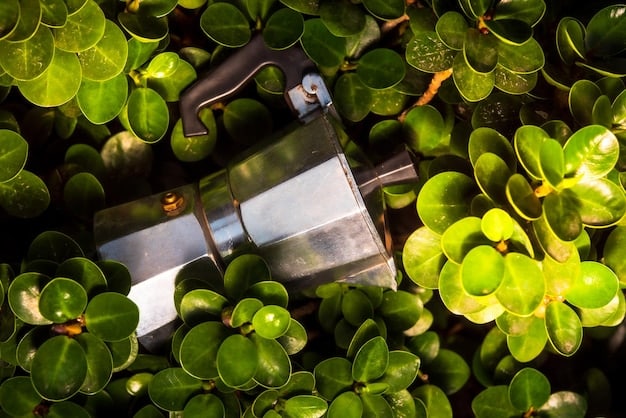
Conserving water helps protect the environment and reduces your water bill. By adopting these simple practices, you can keep your garden healthy and sustainable.
Composting and Soil Health
Healthy soil is the foundation of a thriving garden. Composting is a fantastic way to improve soil health, reduce waste, and provide your plants with nutrient-rich organic matter. Let’s explore how to create and use compost effectively.
Building a Compost System
Start by setting up a compost bin or pile in your yard. Layer “green” materials (like vegetable scraps and grass clippings) with “brown” materials (like dry leaves and shredded paper). Regularly turn the compost to aerate it.
Using Compost in Your Garden
Incorporate compost into your garden beds before planting. It improves soil structure, retains moisture, and provides essential nutrients for your plants. You can also use it as a top dressing throughout the growing season.
- Maintain a balanced mix of green and brown materials.
- Avoid adding meat, dairy, or oily foods to your compost.
- Use a pitchfork or compost aerator to turn the pile regularly.
Composting not only enriches your soil but also reduces landfill waste, making it a win-win for your garden and the environment.
Natural Pest and Disease Control
Avoiding synthetic pesticides is crucial for sustainable gardening. There are many natural methods to control pests and diseases, maintaining a healthy and balanced garden ecosystem.
Encouraging Beneficial Insects
Attract beneficial insects like ladybugs and lacewings to your garden by planting nectar-rich flowers. These insects prey on common garden pests, providing natural pest control.
Organic Pest Control Methods
Use organic options like neem oil, insecticidal soap, and diatomaceous earth to control pests. These methods are effective and less harmful to beneficial insects and the environment.
- Regularly inspect your plants for signs of pests or diseases.
- Use companion planting to deter pests.
- Practice crop rotation to prevent soilborne diseases.
By employing these natural strategies, you can keep your garden thriving without relying on harmful chemicals.
Reducing Waste in the Garden
Sustainability also involves minimizing waste. There are several ways to reduce your environmental impact in the garden, from reusing materials to recycling plastic pots. Discover practical tips for a zero-waste garden.
Reusing and Repurposing Materials
Get creative with reusing materials. Old tires can become raised beds, plastic bottles can be transformed into planters, and pallets can be used to create vertical gardens.
Recycling and Upcycling Garden Supplies
Recycle plastic pots and containers, or better yet, switch to biodegradable options. Upcycle old tools and equipment instead of buying new ones. Every little bit helps reduce waste.
- Collect and reuse rainwater.
- Make your own plant markers from scrap wood.
- Use burlap sacks or old fabric as weed barriers.
By minimizing waste and maximizing resourcefulness, you’re contributing to a more sustainable future. Small actions in the garden can make a big difference.
| Key Point | Brief Description |
|---|---|
| 🌱 Start Small | Begin with a manageable space and a few easy-to-grow plants. |
| 💧 Water Wisely | Use drip irrigation and collect rainwater to conserve water. |
| 🐛 Compost | Improve soil health by composting kitchen and yard waste. |
| 🐞 Natural Pest Control | Encourage beneficial insects and use organic pest control methods. |
Frequently Asked Questions About Sustainable Gardening
▼
Sustainable gardening is an eco-friendly approach to gardening that focuses on conserving resources, reducing waste, and avoiding harmful chemicals to protect the environment.
▼
Start by layering green materials (like food scraps) with brown materials (like dry leaves) in a compost bin or pile, and turn it regularly for aeration to decompose the waste.
▼
Natural pest control includes attracting beneficial insects, using organic sprays like neem oil, and practicing companion planting to deter pests from your garden.
▼
Water conservation is vital to reduce strain on local water supplies, lower your water bill, and promote a more sustainable and eco-friendly approach to gardening.
▼
Select native plants and climate-appropriate species suited to your local conditions, which require less water, fertilizer, and pest control, fostering a healthier garden.
Conclusion
Embarking on a journey into sustainable gardening not only provides you with fresh, homegrown food but also significantly reduces your environmental impact. With these beginner-friendly tips, you can create a thriving, eco-conscious garden that benefits both you and the planet.



